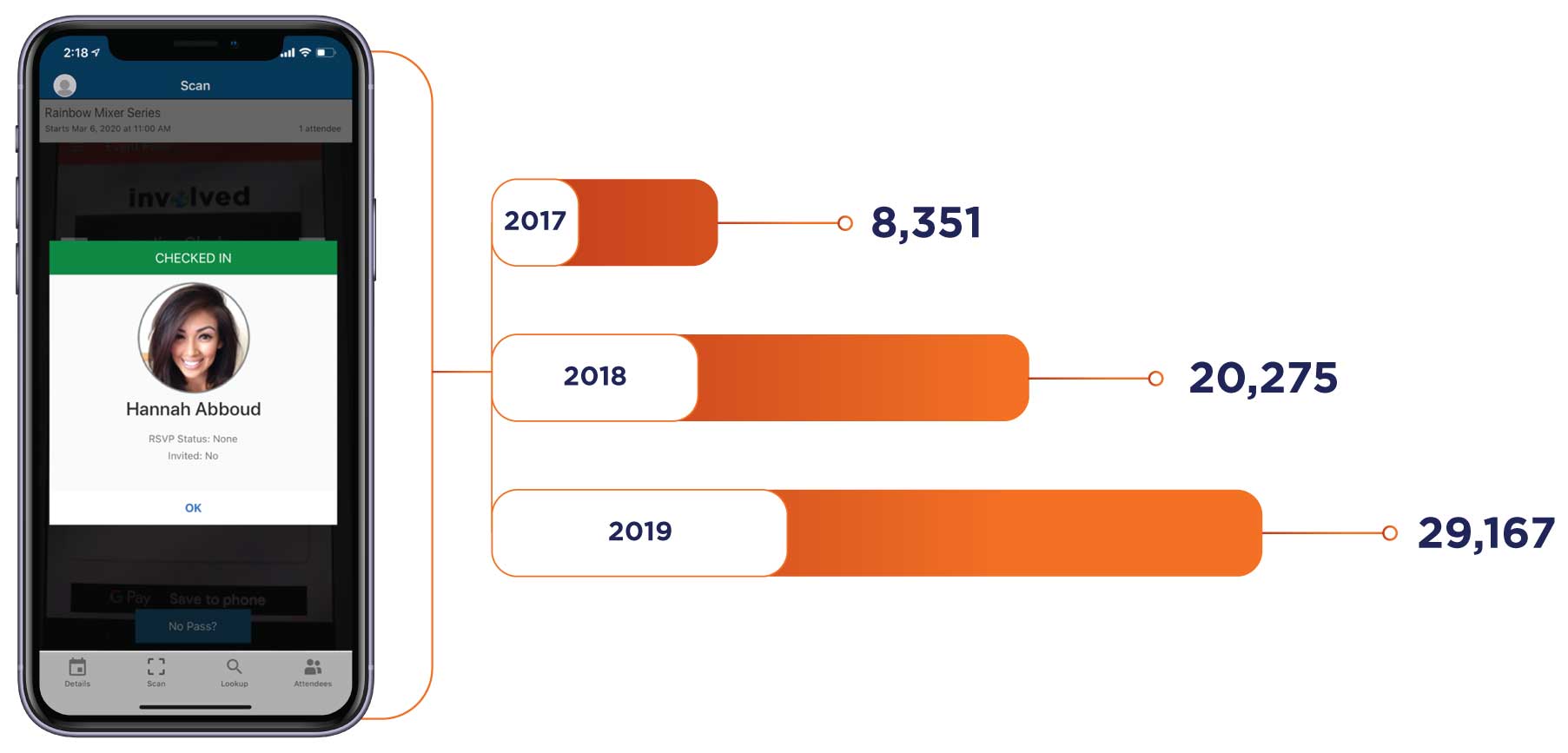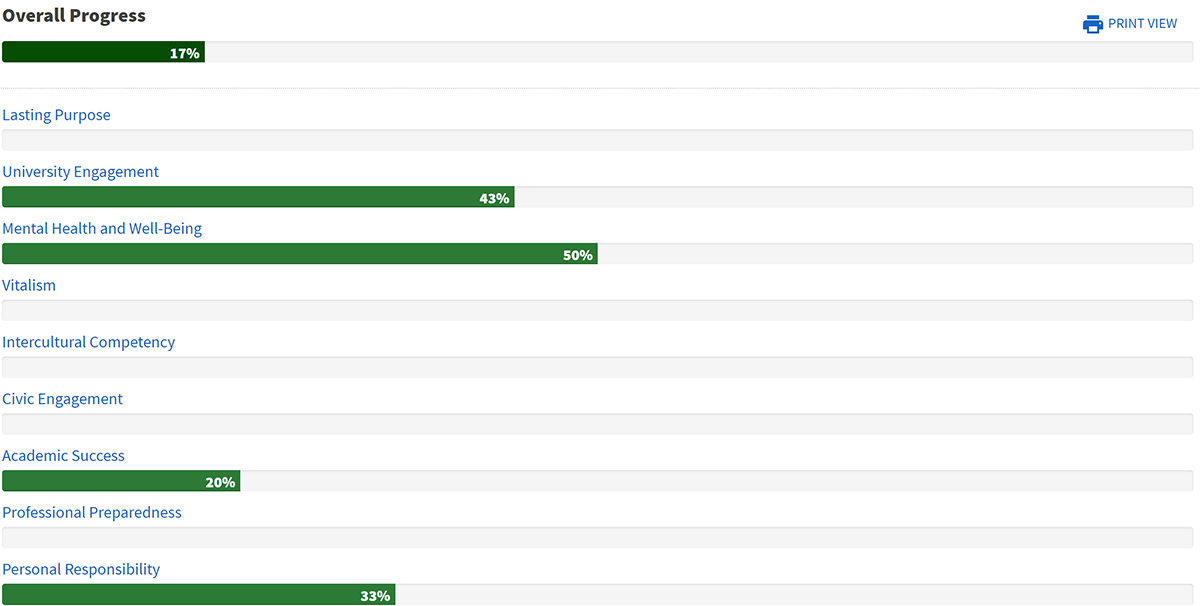Get Better Results: Track Attendance Early
The success and importance of first-year programs is well documented. No matter how comprehensive a university orientation program may be, students will retain information much better when they are repeatedly exposed to it. The National Resource Center for The First-Year Experience and Students in Transition has well-researched and documented program models that can support student retention and success. Whether it’s an academic first-year seminar or the student affairs first six-week challenge, the first-year program sets the tone for the cultural experience of the institution and the map for campus resources and procedures.
Each of these factors adds to the critical role student engagement should play in a first-year experience program. Make sure that learning how to find involvement opportunities is a key part of the program so that if students feel isolated later, they recognize the tools available to support them. Similarly, ensure that your involvement processes are replicated within the first-year program. If your campus tracks co-curricular attendance to compare with institutional data sets, attendance tracking must be reflected in your first-year program. While many campuses have begun to embrace this strategy, this article profiles two that were able to more than double their attendance records thanks in large part to this strategy. Now several years after the program’s launch, these campuses can now assess the long-term impact of first year programming attendance.
College of William & Mary
Within two years of introducing the event check-in app in place of card-swiping to track co-curricular attendance during post-orientation first-year experience programs, William & Mary increased their total number of attendance records tracked by 250%. Jennifer Leung, the associate director of student leadership development, credits the campus’ first-year experience program and accompanying guided pathway for this dramatic increase.

This program guides students through five key requirements to complete within their first year of college. Each required program tracks attendance with the event check-in app and must be completed in order to register for classes the following term. The ease of use also led the campus to start using the app for other high-volume events, even checking in 1,000+ students at a time during orientation.
With just five required events during their first term, students at William & Mary learned how to use Engage so well they could operate completely independently. Leung shared that the current class of student organization leaders, each of whom completed the first-year program, came up with their own ideas for how to use the event check-in app. Attendance records show that far more than just the first-year program is now tracking attendance and without major training initiatives. For example, while requesting a budget for the next year, the campus programming board shared information showing how attendance records at major events had increased year over year, validating the need for funding. Event check-ins continue to expand across campus organically thanks to a simple interface and memorable first-year experience.
Life University
Like William & Mary, Life University has also seen huge boosts in their total attendance-tracking numbers since launching the path alongside the Event Check-in app. Life saw more than 200% increase, with over 70% of that attributed to the Event Check-in app. Just as powerfully, their story also shows an evolution in the campus’ attitude towards student engagement data as a cross-departmental opportunity for assessment and insight.
The First Year Integration path at Life University was designed and constructed by a cross-campus committee called the “Pathway Partners.” Each partner oversees one of the path’s 9 domains.

In addition to functioning as a guide for students, The Pathway Partners committee also uses the data from the path to identify when there's overlap in programming or there is a gap, allowing them to plan programming more collaboratively. Campus partners appreciate the opportunity to see data in context and participate more efficiently and with greater cohesion. Having rich attendance data stored within the path’s events allows the campus to reflect on when more programming is needed as existing events hit attendance peaks, or to learn from each other on the types of programs more successful in producing a crowd on a less popular topic area.
Interested in learning more?
- Create a strategy to assess your co-curricular path
- Consider creating an incentive program for event attendance
- Download our whitepaper on the learning value of co-curricular experiences
- Discover the benefits of guided pathways
- Explore options for tracking campus involvement